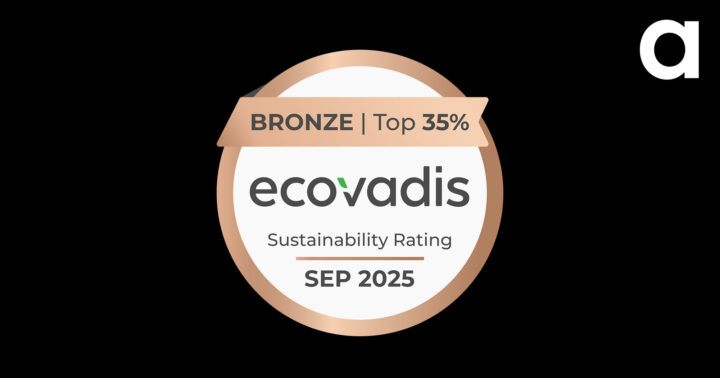According to Gov.uk, it is estimated that 1 in 5 businesses have been “victims of at least one cyber crime in the past year”. This shows whether you’re a small business or a growing enterprise, the need for strong cybersecurity has never been greater.
But how can you protect your school, college, university, business or Public sector institution? It all starts with strengthening your security posture.
So what exactly is security posture and why is it important?
What is Security Posture?
Security posture refers to the overall security status of your infrastructure/estate including its systems, networks and procedures. Having a strong security posture will protect your organisation from cyber-attacks, vulnerabilities and threats. Understanding and enhancing your security posture is key to mitigating any cyber-risks as well as maintaining your reputation and protecting your assets (such as data).
Practical Steps To Strengthen Your Security Posture
To help you get started, here’s some cyber steps you should consider that should help strengthen your security posture:
1. Introduce internal cyber learning for your people
Your people should be your first line of defence, however, most organisations don’t have any learning in place to educate staff on cyber practices and the importance of phishing emails and the reasons why it’s important having strong, secure passwords (Multi-factor authentication – MFA provides an extra layer of security too). There are many software solutions that can manage this for you – please speak to us to find out more (please note, Academia has implemented stringent cyber training for our people on cyber best practices).
2. Conduct regular security posture assessments
Knowing your organisation’s security risks is the first step in creating a strong security posture. Scheduling regular assessments and periodic reviews of security systems will help to identify vulnerabilities before attackers do. Additionally, from these assessments an action plan can be created for any areas of weaknesses. Get in touch to understand more around the cyber assessments available to ensure you understand your existing security posture and any risks/gaps.
3. Keep all devices updated
Devices that are outdated or do not have the latest security software updated are prime targets for cyber attackers. Make sure automatic updates are enabled and replace any unsupported software and hardware. If you do not have the time/resources to ensure your devices are up-to-date, Academia offer a Managed Service that ensures your devices have the latest software updates.
4. Limit access to sensitive information
The fewer people who have access to critical data means the lower the risk of security breaches. Use multi-factor authentication (MFA) and only give employees access to the necessary data needed for their roles. As part of our provisioning service, we can ensure all your devices have the right access levels – by role/team (variable) – get in touch here to find out more.
5. Analyse key security metrics
Tracking the right metrics helps to spot unusual activity early. These metrics can include the number of failed login attempts, malware detections and unusual access patterns. By setting up automated alerts for suspicious activity, organisations can respond swiftly and minimise risks of a cyber attack. Depending on your environment/estate, there are many options available MDR, SOC, SIEM. Once a cyber consultation has taken place – we will recommend the best solution to meet your goals and budget.
Conclusion
As we mark Cyber Security Awareness Month, there’s no better time to act now. Cybersecurity threats continue to evolve, therefore taking proactive steps are needed to strengthen your security posture.
Academia offer a wide range of services to ensure that your school, college, university, business, charity or public institution is protected.
For more information, reach out to your Account Manager or contact us.



